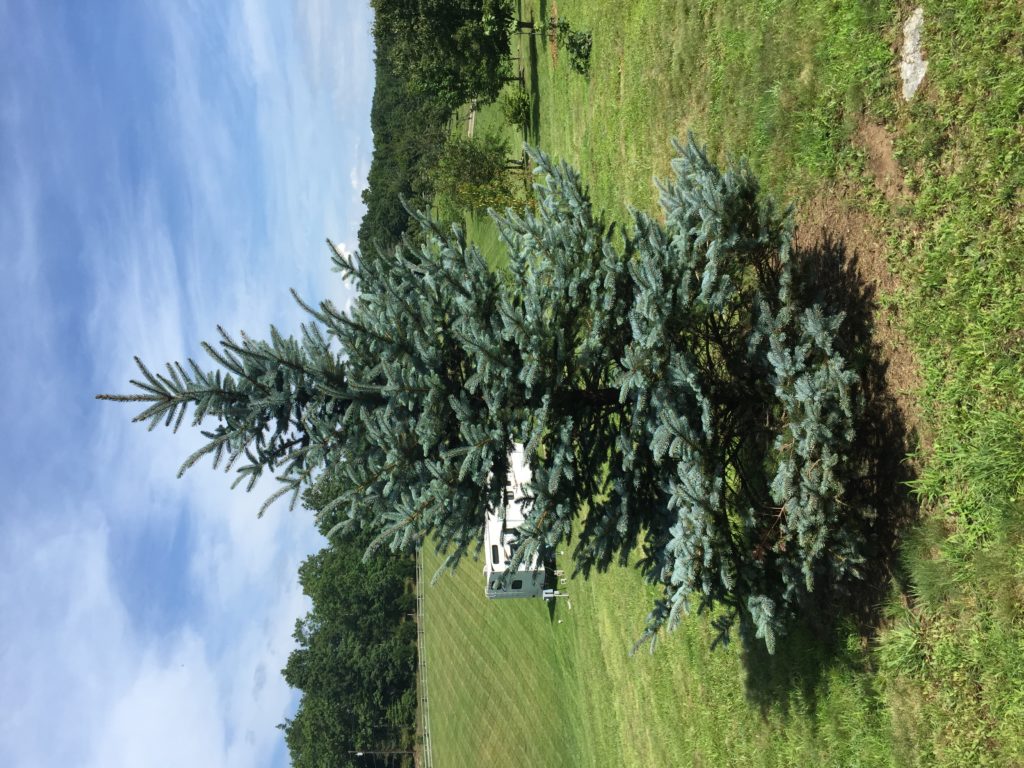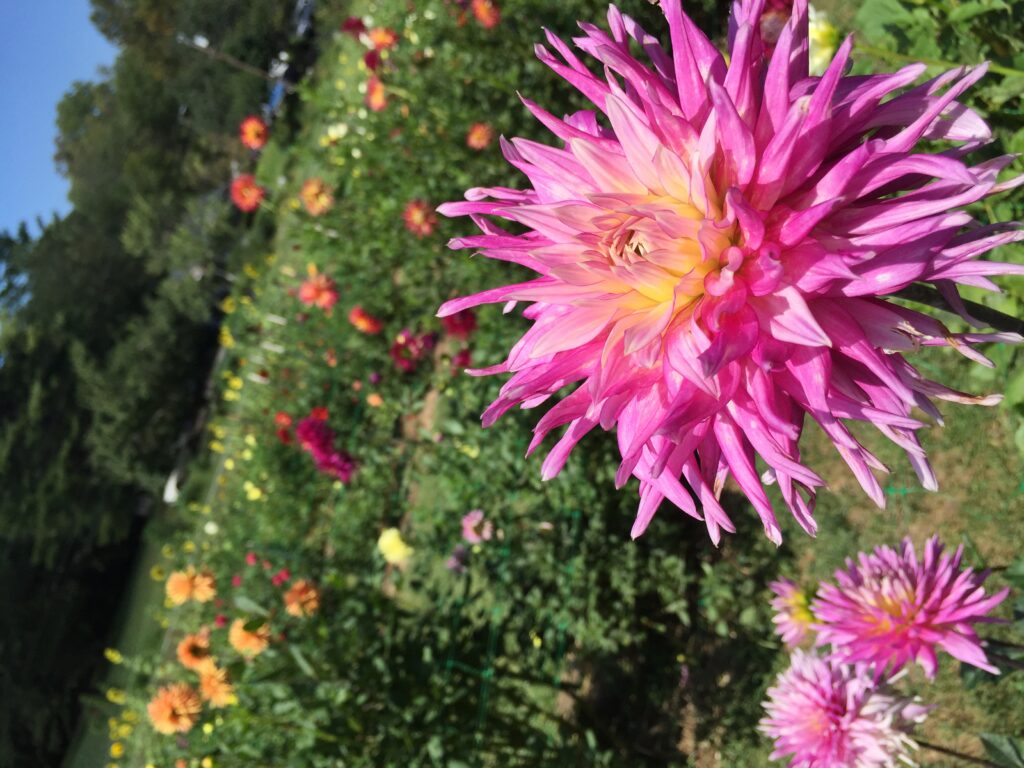Plant Health Alert – Keep Plants Healthy and Reduce Pesticide Use
go.ncsu.edu/readext?863103
en Español / em Português
El inglés es el idioma de control de esta página. En la medida en que haya algún conflicto entre la traducción al inglés y la traducción, el inglés prevalece.
Al hacer clic en el enlace de traducción se activa un servicio de traducción gratuito para convertir la página al español. Al igual que con cualquier traducción por Internet, la conversión no es sensible al contexto y puede que no traduzca el texto en su significado original. NC State Extension no garantiza la exactitud del texto traducido. Por favor, tenga en cuenta que algunas aplicaciones y/o servicios pueden no funcionar como se espera cuando se traducen.
Português
Inglês é o idioma de controle desta página. Na medida que haja algum conflito entre o texto original em Inglês e a tradução, o Inglês prevalece.
Ao clicar no link de tradução, um serviço gratuito de tradução será ativado para converter a página para o Português. Como em qualquer tradução pela internet, a conversão não é sensivel ao contexto e pode não ocorrer a tradução para o significado orginal. O serviço de Extensão da Carolina do Norte (NC State Extension) não garante a exatidão do texto traduzido. Por favor, observe que algumas funções ou serviços podem não funcionar como esperado após a tradução.
English
English is the controlling language of this page. To the extent there is any conflict between the English text and the translation, English controls.
Clicking on the translation link activates a free translation service to convert the page to Spanish. As with any Internet translation, the conversion is not context-sensitive and may not translate the text to its original meaning. NC State Extension does not guarantee the accuracy of the translated text. Please note that some applications and/or services may not function as expected when translated.
Collapse ▲Who enjoys using pesticides? I think that most of us would like to limit our exposure to chemicals. We all would like to save money and avoid buying expensive pesticides.
Many plant problems can be solved without pesticides.When we start with non-chemical pest control methods, saving chemical pesticides as a last resort, we often find that chemicals are not needed. By using an Integrated Pest Management approach, we can lower our use of pesticides.
Think of pesticides as the ‘sledge hammer’ in the tool box. We do not use a sledge hammer when a claw hammer will do. Killing a fly with a fly swatter is one example. Solving a plant root rot problem by watering less is another. Getting rid of roaches by limiting their food supply is yet another.
Right Plant in the Right Place
When it comes to plants, there are many things we can do to prevent plant problems. One of the best things you can do to avoid pest problems in the landscape is to put the right plant in the right place. An example would be avoiding Colorado Blue Spruce in hot, dry, shady areas. This plant likes full sun, cool temperatures, lots of air movement and well-drained soils; the conditions you would find on a mountain top. Planted in the wrong place Colorado Blue Spruce is notorious for losing its needles and dying.

This is an ideally sited co blue spruce; high altitude, full sun, well drained soil, and plenty of air circulation.
A better choice for most of us would be a juniper, Atlantic white cedar, cryptomeria, or arborvitae. Many plants are persnickety, requiring the same sort of site considerations as Colorado Blue Spruce. Base your plant choice on your site’s sun exposure, soil type, drainage, and the available space.
Plant Properly
One common landscape mistake that leads to sick plants is improper planting practices. Trees and shrubs should be planted with the top of the root ball at or slightly above the level of the soil. Packaging materials on balled and burlap trees (wire basket, burlap, nylon straps) should be removed. Mulch should not be piled up around the trunk; use no more than two or three inches.

Mulch piled this high starts to compost. The decomposition of the mulch causes heat that can damage the wood of the tree and roots. Also this ‘volcano mulching’ holds moisture against the bark causing rot.
Planting a tree or shrub too deep can lead to many problems. Girdling roots form when roots grow upward in an effort to get oxygen. These roots grow too near the trunk and as they increase in size can damage trees. Soil and mulch piled up the trunk can lead to wounds in the bark and fungal disease.
After-planting Care for Trees
Trees need three things to live; sunlight, nutrients, and water. When plants have what they need they are able to fight off insects and diseases. Provide trees and shrubs the correct amount of sunlight by planting in the correct place and preventing other plants from blocking the sun.
Fertilize trees and shrubs at least annually. Use one pound of 10-10-10 per inch of diameter for large trees. Use the same amount per foot of height for shrubs spread evenly over the entire root zone will keep trees healthy.
Water plants every day for a week after planting. Water every other day the second week and water once per week the first year.Remember, if trees are over-watered a root disease can develop. Our soils can hold excessive amounts of water. Our soils contain organisms such as fungi that love to chew on roots that have been made mushy by being saturated in water.
Less Toxic Pesticides
Sometimes we need pesticides. Insects can become a problem even with our best efforts at preventative plant care. Choose less toxic options such as insect growth regulators, insecticidal soap, horticultural oils, botanical insecticides (Neem, limonene, capsaicin, pyrethrum), essential oils (oils of cedar, cinnamon, citronella, citrus, clove, garlic, mints, rosemary), microbial insecticides, minerals (diatomaceous earth, sulfur, boric acid, kaolin, silica). Avoid home-made pesticides; most of us are not chemists and we can easily do more harm than good.






